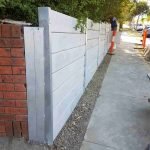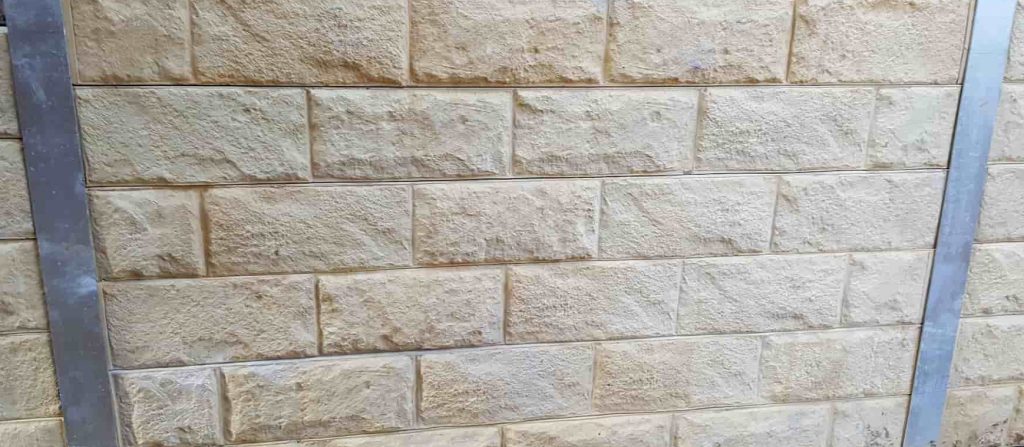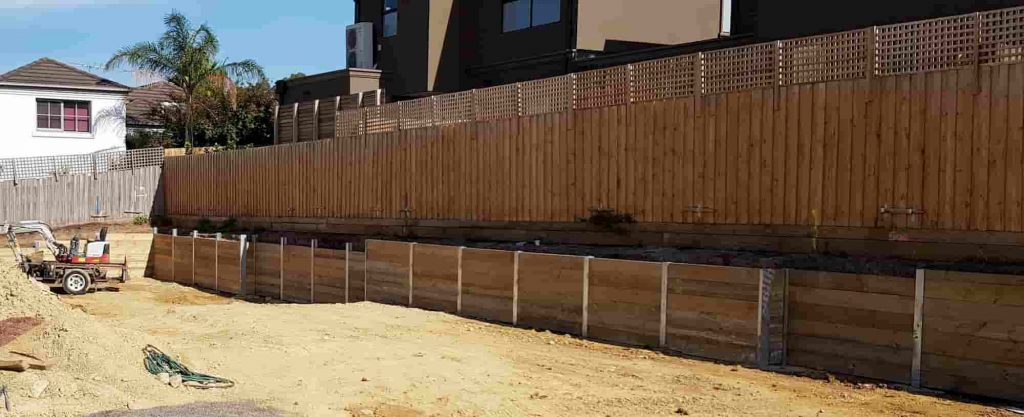Introduction
Building a retaining wall can be a substantial investment for your home, both in terms of aesthetics and functionality. Whether you're seeking to prevent soil erosion, develop level balconies, or improve your landscape's look, employing the right retaining wall contractor is crucial. This post will act as your detailed guide on what to anticipate when dealing with these professionals, from initial consultations to project completion. We'll cover whatever you require to understand about selecting a retaining wall builder, the materials included (like concrete sleepers, H beams, wood sleepers, timber sleepers, and stone), and typical pitfalls to prevent.

Step-by-Step Guide: What to Anticipate When Working with a Retaining Wall Contractor
When engaging a retaining wall installer, it's necessary to comprehend the whole procedure. From principle to execution, every step matters. Here's an in-depth summary of what you need to anticipate:
1. Preliminary Assessment and Website Assessment
What happens during the first meeting?
During your initial assessment, the professional will visit your site to examine conditions like topography, soil type, and drainage problems. This evaluation is important due to the fact that it helps figure out the very best style and products for your retaining wall.
- Key concerns to ask: What experience do you have with comparable projects? Can you provide recommendations or examples of previous work?
The specialist will examine whether a stone, wood sleeper, or other materials are suitable based upon site conditions.
2. Design Phase
How does the design procedure work?
Once assessments are finished, the design phase starts. The professional might provide numerous design options tailored to your needs:
- Traditional gravity walls Cantilevered walls Sheet stack walls
Each choice has its pros and cons, so understanding how they operate is critical.
3. Product Selection
What products must I consider?
The option of materials can considerably impact durability and looks:
- Concrete Sleepers: Durable and flexible; ideal for contemporary designs. Timber Sleepers: Visual appeal however might require more maintenance. Stone: Really durable but frequently more expensive.
Your specialist ought https://tuffstuffretainingwalls.com.au/ to help you weigh the advantages of each material against your budget.
4. Expense Estimates and Budgeting
What should I expect concerning costs?
An expert specialist will provide an in-depth price quote that includes labor, products, allows, and any extra website preparation needed.
Typical Expense Breakdown:
|Product|Approximated Expense|| -----------------------|----------------|| Materials|$X per unit|| Labor|$Y per hour|| Allows|$Z|


Understanding this breakdown assists in budgeting effectively.
5. Permitting Process
Do I require licenses for my maintaining wall?
In most cases, yes! Your contractor will usually handle this process however guarantee they discuss it with you upfront:
- Local policies differ widely. Some locations might have constraints on height or product use.
It's essential to abide by local laws to avoid future complications.
6. Preparing the Website for Construction
What preparations are necessary before building?
Site preparation includes cleaning vegetation, grading land if required, and making sure appropriate drainage systems remain in place.
This step is important because incorrect drainage can cause structural failure over time.
7. Setup Begins
What can I anticipate throughout installation?
Once everything is set up, construction begins! During this phase:
- The contractor will lay out the foundation. Proper leveling is vital for effectiveness.
Expect some noise and interruption; however, great specialists lessen trouble any place possible.
8. Quality Control Checks During Installation
How do I know if quality requirements are met?
Throughout the installation, regular quality checks need to be carried out by both you and the professional:
- Confirm that materials match specifications. Ensure correct alignment and leveling at all stages.
Keep an open line of communication; do not think twice to voice concerns!
9. Last Touches and Backfilling
What occurs after construction?
After setup comes backfilling-- this involves filling out behind the wall with soil while guaranteeing correct drain options stay efficient (like weep holes).
Final touches include landscaping around the wall or adding features like lighting or actions depending upon your plans.
10. Maintenance Standards Post-Installation
How do I preserve my brand-new keeping wall?
Your retaining wall will need routine evaluations for signs of wear or damage such as fractures or disintegration:
- Clean out particles from weep holes regularly. Monitor plant growth near wooden walls which could cause rot if not handled properly.
A properly maintained wall can last decades!
FAQs
1. The length of time does it require to build a maintaining wall?
The period largely depends on size and complexity but generally varies from a few days approximately two weeks.
2. What's better-- wood or stone for retaining walls?
It depends upon aesthetic preference versus toughness requirements; wood provides warmth while stone supplies longevity.
3. Can I develop a maintaining wall myself?
While DIY is an option for smaller projects, hiring a knowledgeable contractor makes sure compliance with local codes and decreases potential errors.
4. Do maintaining walls require drainage?
Yes! Proper drainage avoids water accumulation that might compromise structural stability over time.
5. What kinds of walls are available?
Common types include gravity walls, cantilevered walls, anchored walls, and so on, each matched for various applications based upon stability needs.
6. Are there ecological factors to consider when building?
Always seek advice from specialists regarding environmental impact evaluations specifically worrying local wildlife environments or water circulation patterns.
Conclusion
Navigating through the process of working with a retaining wall contractor can at first seem difficult-- yet equipped with this guide detailing what to anticipate every action of the way makes it manageable! From cautious preparation throughout consultations all the way through upkeep post-installation-- each stage needs attention-to-detail that just skilled professionals come up with effectively!
Remember that effective partnership hinges upon clear communication between you as the property owner & & professionals throughout-- the better notified you are about each element pointed out here implies smoother cruising ahead towards accomplishing spectacular lead to enhancing both functionality & & appeal within your landscapes!